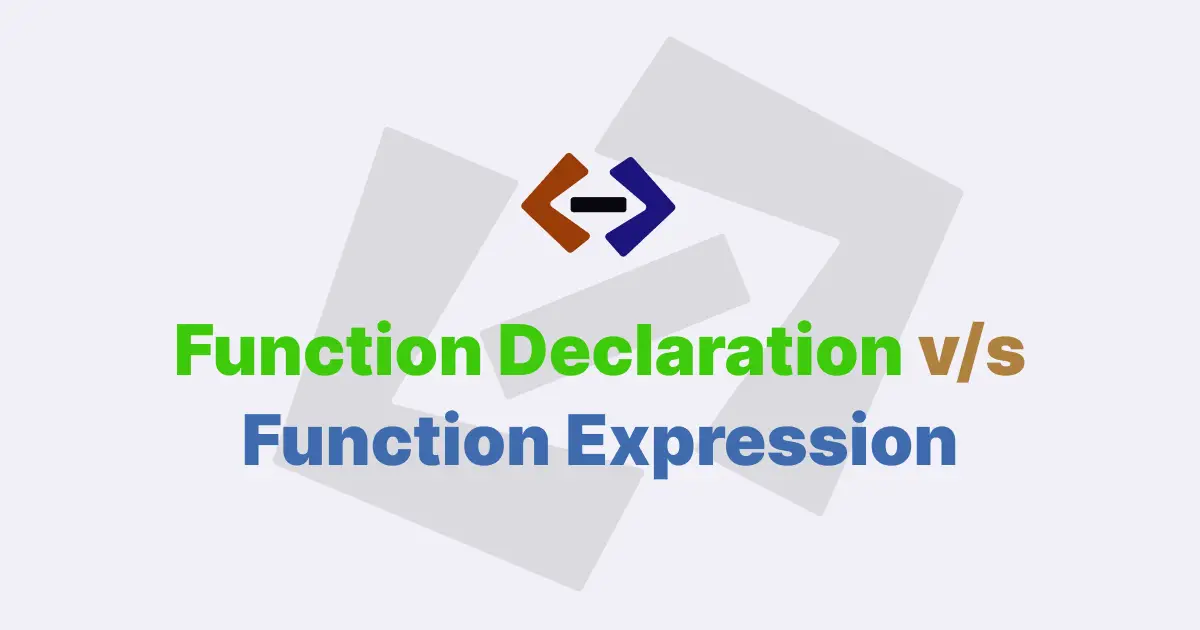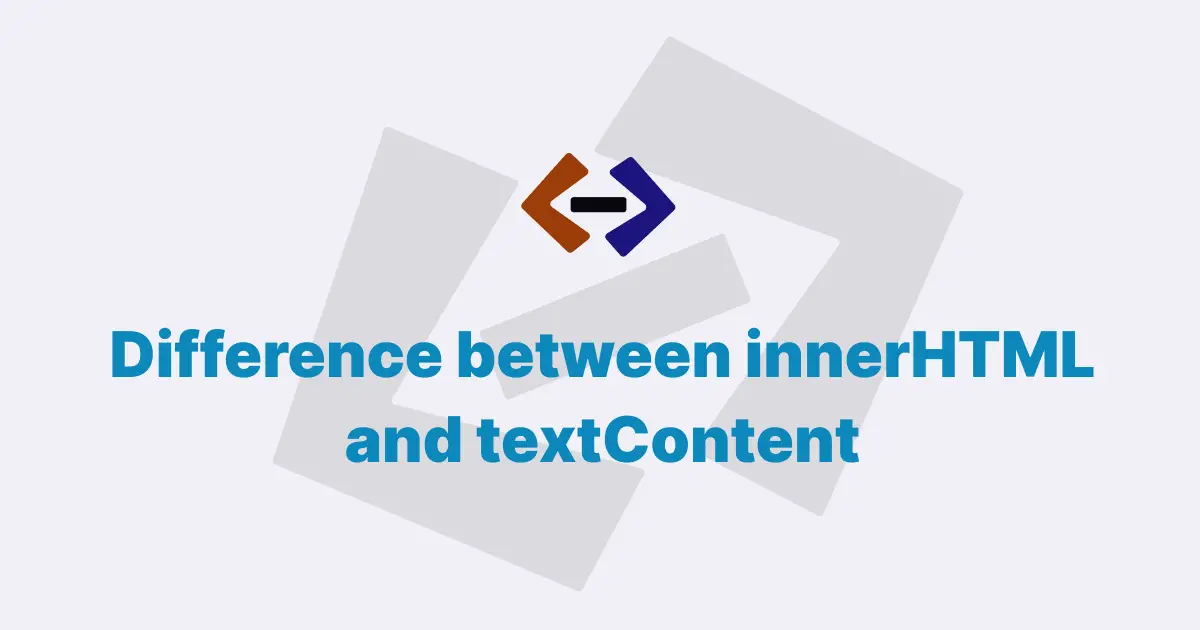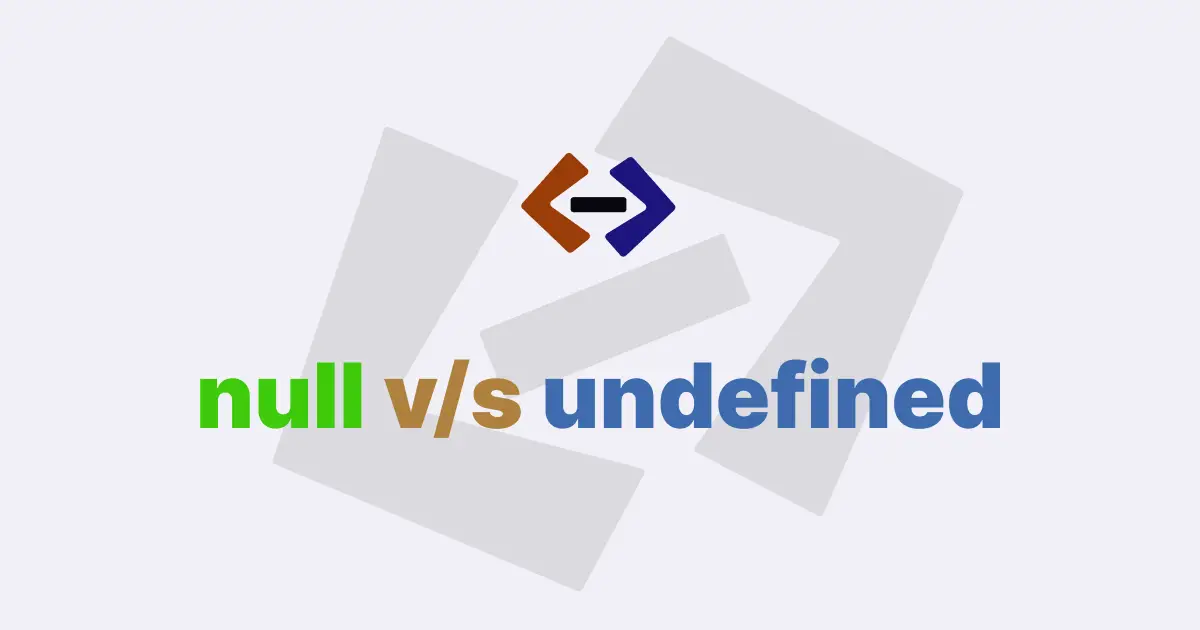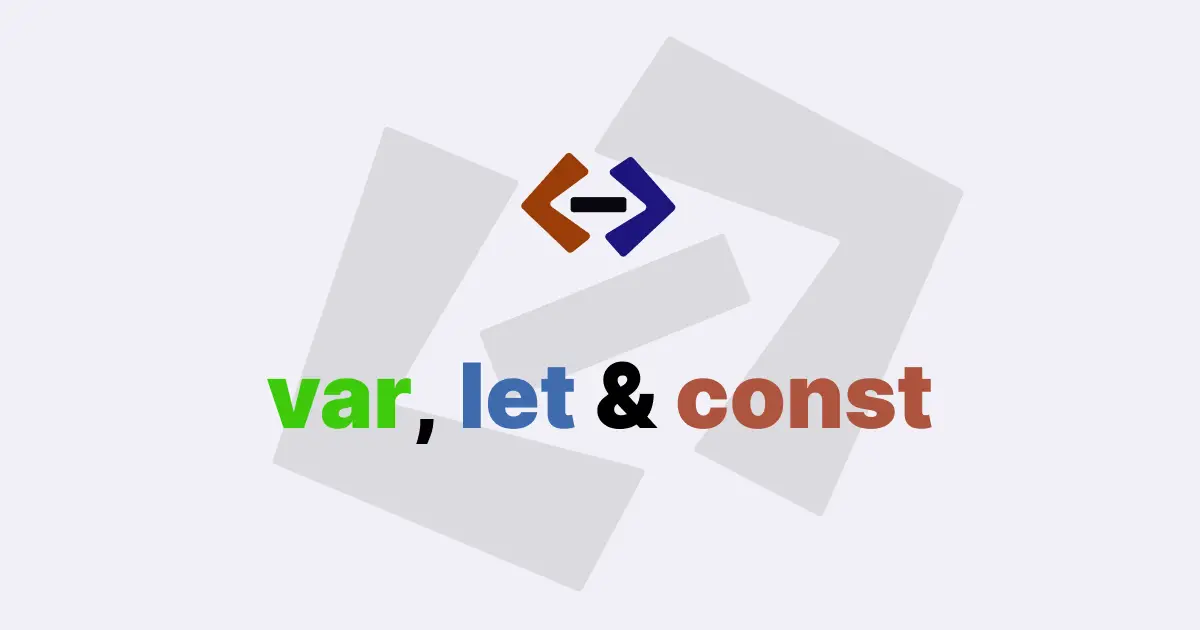In JavaScript, for loops and forEach loops are both used to iterate over arrays or other iterable objects.
However, they have some key differences that make them useful in different situations.
A for loop is a traditional loop that uses a counter variable to keep track of the current index of the array being iterated over.
For example:
const myArray = ["apple", "banana", "cherry"];
for (let i = 0; i < myArray.length; i++) {
console.log(myArray[i]);
}In this example, we define an array called myArray with three elements. We then use a for loop to iterate over the array and log each element to the console. The loop uses a counter variable i that starts at 0 and increments by 1 on each iteration until it reaches the length of the array.
A forEach loop is a newer feature in JavaScript that allows you to iterate over arrays using a more functional approach.
const myArray = ["apple", "banana", "cherry"];
myArray.forEach(function (element) {
console.log(element);
});In this example, we define the same array myArray with three elements. We then use a forEach loop to iterate over the array and log each element to the console. The forEach method takes a callback function that is executed for each element in the array. The callback function takes the current element as an argument, which in this case we’ve named element.
Here are some key differences:
-
forloops are more flexible and can be used to iterate over arrays, objects, and other iterable data structures.forEachloops can only be used with arrays. -
forloops allow you to use any logic you want to determine the next index to iterate over, whileforEachloops always iterate over each element in the array in order. -
forEachloops are generally easier to read and understand than for loops, especially for simple iterations. However,forloops may be more performant for certain types of operations.
In general, if you need to iterate over an array and perform some operation on each element, a forEach loop is a good choice. If you need more control over the iteration process or need to iterate over non-array data structures, a for loop is a better choice.
Thank you for reading, and let’s have conversation with each other
Thank you for reading my article. Let’s have conversation on Twitter and LinkedIn by connecting.



